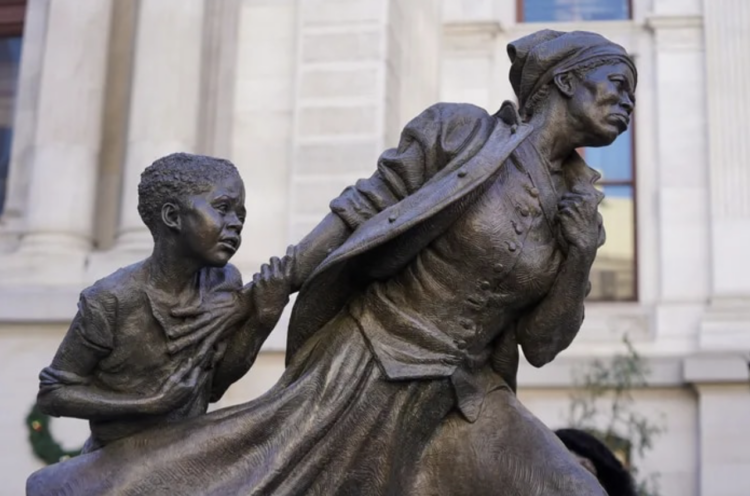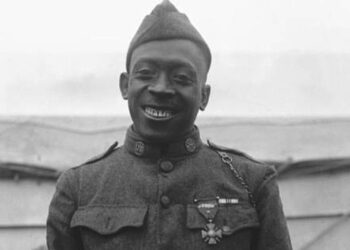The City Of Philadelphia was harshly criticized for commissioning a white artist to create a statue of iconic Black historical figure Harriet Tubman.
Philadelphia officials awarded $500,000 to white sculptor Weasly Woodford to design a statue of Tubman, who led what is famously known as the Underground Railroad. Through the Underground Railroad, she saved dozens of enslaved African Americans by leading them to freedom during the antebellum era, amongst other heroic acts.
Woodford’s statue, named “Harriet Tubman: The Journey to Freedom,” was initially designed and placed outside of Philadelphia City Hall from January to March. However, the city reportedly commissioned the statue without seeking proposals from other artists–namely, Black creators–which has caused outrage in the community.
In a public virtual meeting held on June 15, numerous creatives and historians slammed Philly for commissioning Wofford to create the Harriet Tubman statue without thinking about proposals by Black artists.
“As an artist, it’s hurtful and it is traumatizing. If it was an open call and Wesley was chosen, it would be fine. But because the process wasn’t open, that’s the big issue,” Dee Jones, a textile artist, said during the session.
Another artist named Ogundipe Fayomi chimed in, saying Philadelphia’s choice “undermines” Black artists’ “vision” and “creativity.”
“It undermines our vision, our hope, desires, our creativity. I can go on and on.”. “We have to show that we can do things, rather than showing other people can do things for us.”
Maisha Sullivan-Ongoza, of the Sankofa Artisans Guild, called Tubman “Nana Harriet,” added that through his work, Wofford benefitted from the African American icon’s legacy.
“Nana Harriet risked life and limb to be free so that no one white person would benefit from her person. And now we have someone white benefiting off of her,” Sullivan-Ongoza said.
The Chief Cultural Officer for Philadelphia and the executive director of the Office of Art, Culture and the Creative Economy, Kelly Lee, told the Philadelphia Inquirer that the meeting was “visceral.”
She also reportedly said that it was important for Black artists to be included in creating public art.
She then continued, saying that when visitors saw Wofford’s work, they didn’t think about him. Instead, they focused on his art.
“When people saw it, they didn’t focus on who the artist was,” she said. “That statue resonated so deeply. People said it captured her spirit. It captured her essence. — I saw people crying when it first arrived and I saw them crying when it was time for it to leave.”
GTFOH.









